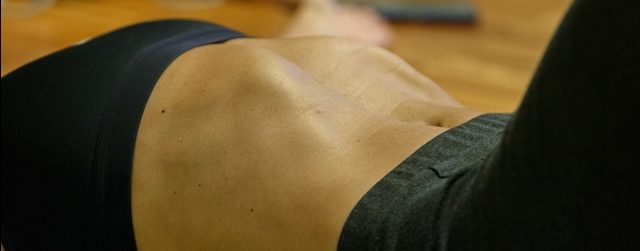On this occassion we would like to talk about a dirty little secret. Nowadays, extreme high intensity workouts like Crossfit or Bootcamp are gaining popularity among women all across the world. Meanwhile they strenght and condition their pelvic floor maybe weaker. This is a condition some workout exercise programs normalize as we can see in this video titled Crossfit do you pee during your workouts?
Pelvic floor muscles have to contain this systematic increase of pressure
It seems quite strange or contradictory as women get stronger how can their pelvic floor muscles get weaker? And, the worst part is… why aren´t we talking about the problems related to pelvic floor dysfunctions in female sport practitioners?
High impact exercise is directly related with an overload on intraabdominal pressure. Pelvic floor muscles have to contain this systematic increase of pressure. The management of intraabdominal pressure can fail if several risk factors coexist at the same time (frecuency, load, intensity, impact of training). So, it´s not a surprise when the scientific literature has described the highest prevalence of stress urinary incontinence in female athletes, reaching prevalences of 80% in the case of female trampolinists. Recent studies also show that young, fit and nulliparous women suffer urinary incontinence, specially stress urinary incontinence. Of note, female athletes have a decrease in vaginal pressure compared to non-athletes. Stress urinary incontinence is the involuntary leakage when an effort occurs (sneeze, cough, laugh, strength training, running..).
To lose the control of the bladder is not really the safest way to build a strong and funtional body. In fact, its a symptom of a dysfunctional core system, the spinal stability is compromised and is not able to manage correctly the increase of intraabdominal pressure.
To sum up, the following principle factors can lead to pelvic floor dysfunction in high impact exercise programs:
- Systematic and repeated valsalva maneuvers during exercise.
- Systematic and repeated jumps or impacts that directly affect the connective support tissue of the pelvic floor.
- Poor breathing coordination when abdominal and respiratory muscles are fatigue.
- Not performing a specific program of re-training the pelvic floor muscles like Low Pressure Fitness.

